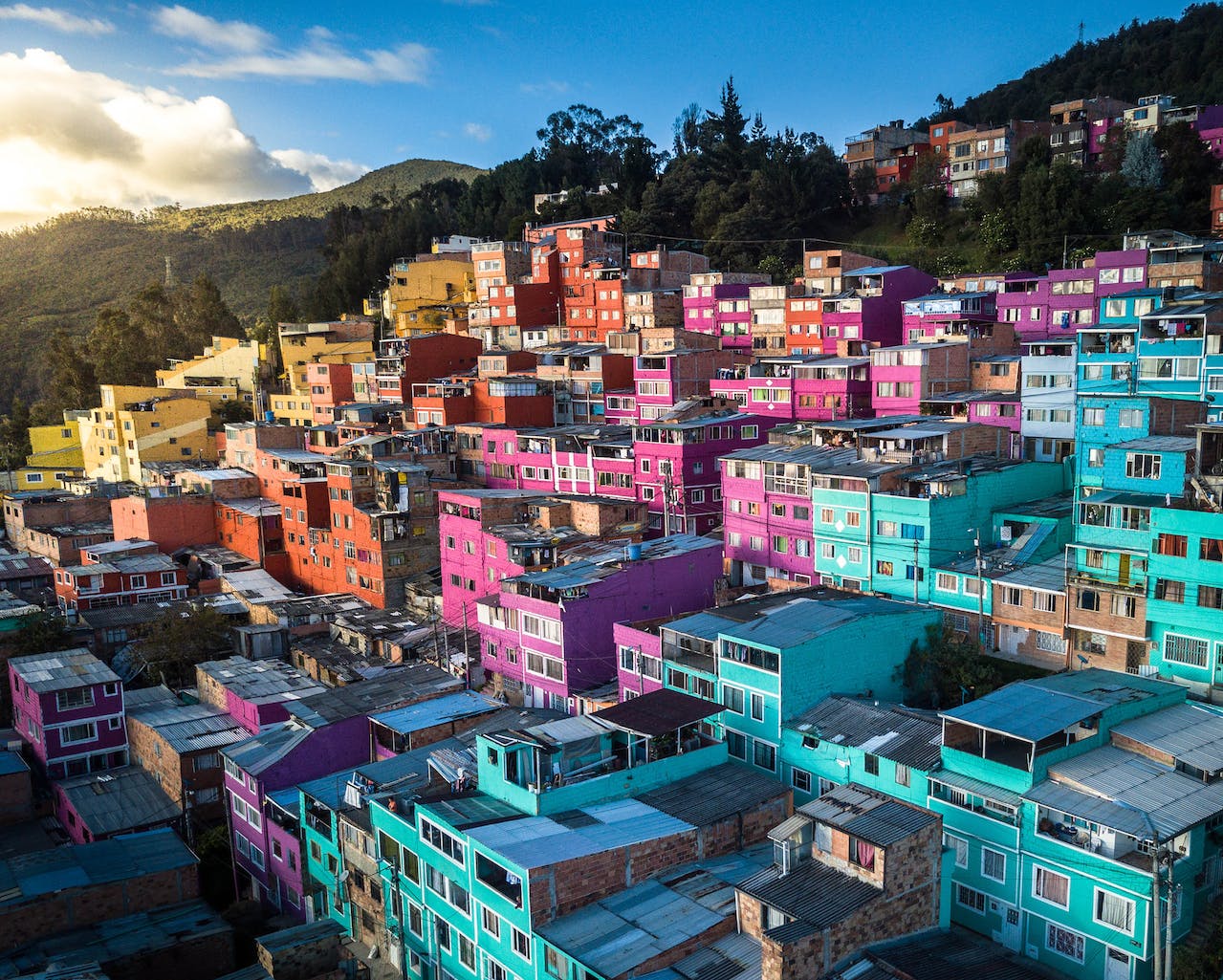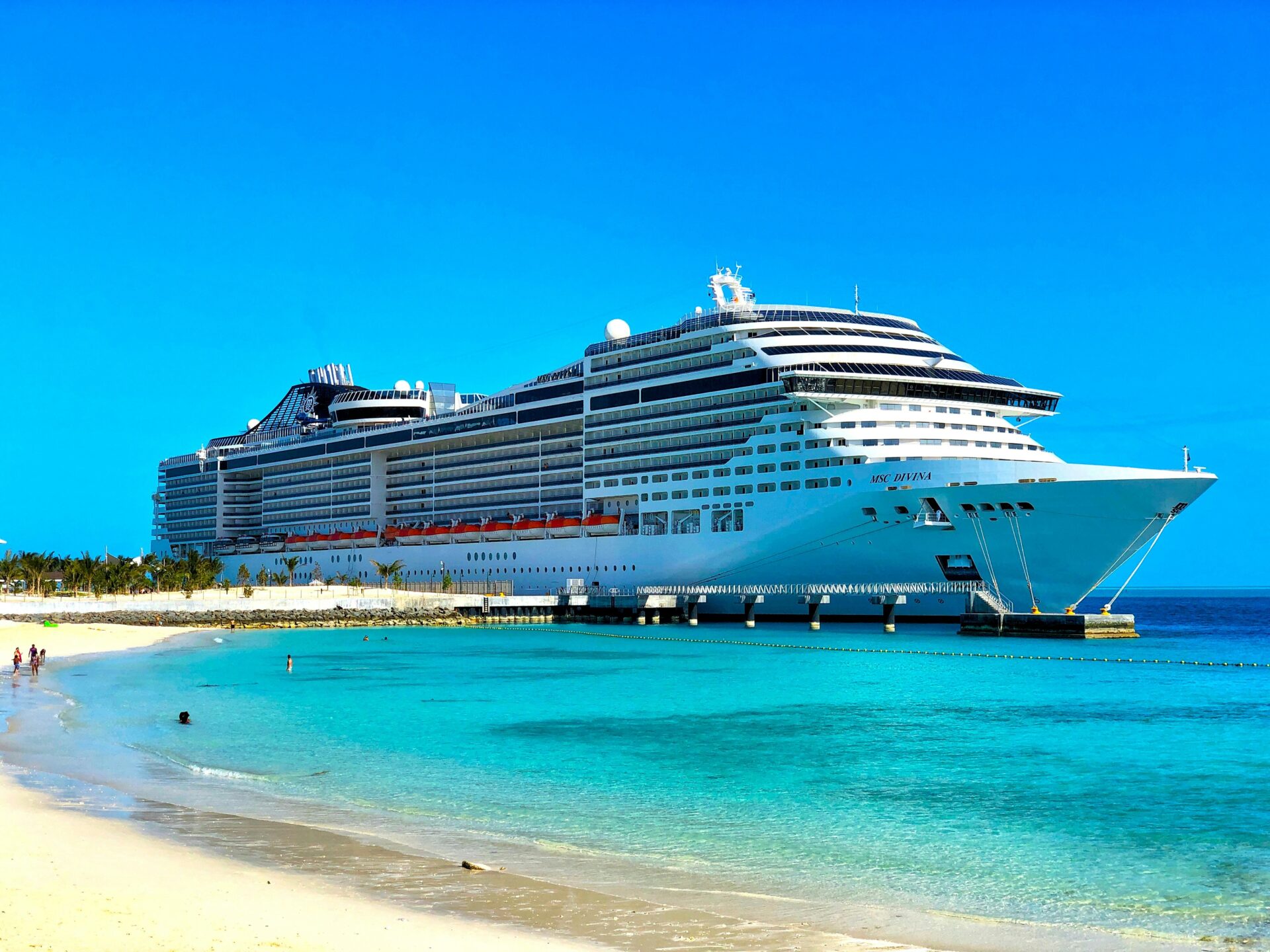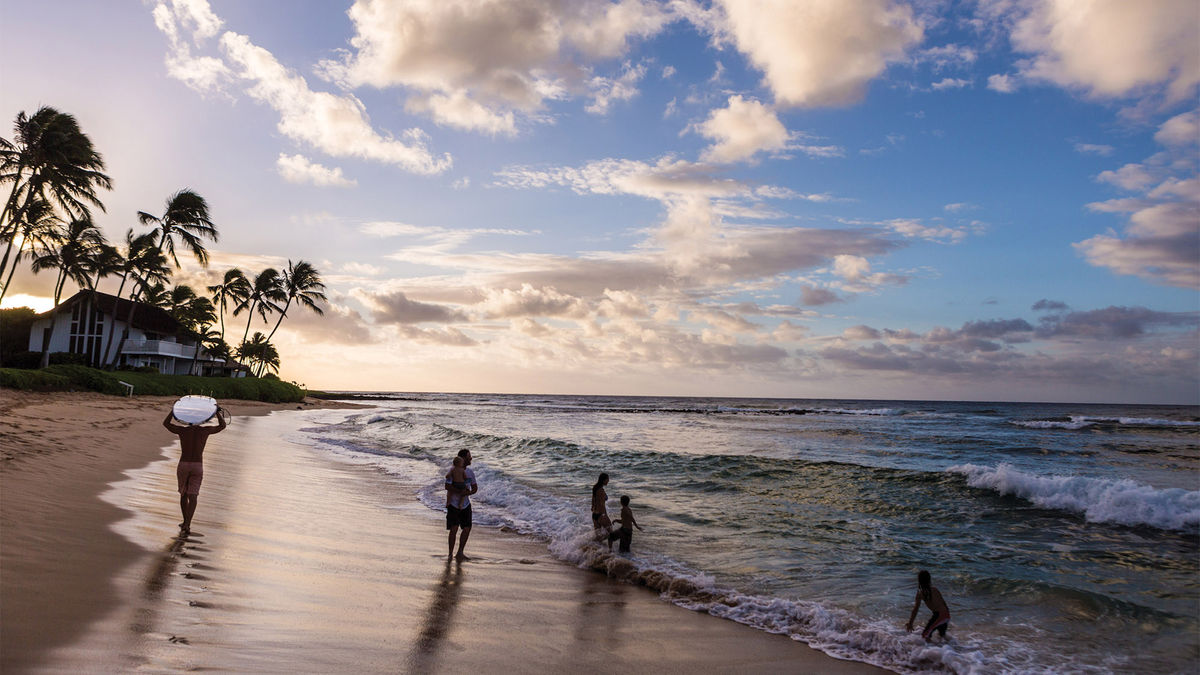Colombia is on the rise as a popular tourist hotspot in South America, recording a whopping 34% increase in foreign tourists in 2023 compared to 2019. Renowned for its linguistic and cultural diversity, it attributes more than 80 traditional cultures to its heritage. Especially cities like Bogotá, Medellín, and Cartagena, previously known for their high crime rates, have evolved into safer tourist zones, thanks to government initiatives and a drop in criminal activities. As we look ahead to 2024, it’s time to analyze the present situation, consider official travel advisories, and offer practical guidelines for future tourists.
Marked by a prominent linguistic diversity, Colombia hosts more than 80 indigenous cultures. Columbia attracts tourists from all around the globe, a fascination due to its unique heritage. As per a 2024 report, there has been an impressive upsurge of 34% in foreigners visiting the country in 2023 as compared to 2019. Formerly, infamous for violence, cities like Medellín, Bogotá, and Cartagena are tourists-friendly owing to a decrease in criminal activities, and government interventions.
Though the U.S. Department of State alerts travelers heading to Colombia with a Level 3 warning, specifically urging them “to exercise increased caution due to civil unrest and kidnapping”, most tourist areas consider to be safe. However, regions along the border, particularly close to Venezuela and Ecuador, remain flagged as high-risk due to criminal activities and the presence of guerillas.
The National Police of Colombia reported a 10.9% decrease in total crime numbers from 2022 to 2023, despite an increase in petty crimes like pickpocketing and thefts, particularly in crowded locales. Tourist-laden areas like Bogotá, Medellín, and Cartagena are witnessing safety upgrade initiatives since tourism significantly contributes to Colombia’s economy, approximately 6.3% to its GDP in 2019. Over 1.3 million jobs are supported either directly or indirectly across industries including hospitality, transportation, and retail by the tourism sector.
Female solo travelers should remain particularly cautious, and it’s recommended to avoid venturing out alone post dusk. Always stay alert about the current affairs and quickly adapt or change your travel plans in case of a situation demanding extreme caution.
For transport, preferably use services like Uber or taxis linked to your hotel, as public transportation, particularly buses, is prone to petty thefts. Despite the presence of armed robberies in certain districts, the cities of Bogotá and Medellín report fewer violent crimes, while rural regions near the borders remain risky due to remaining guerilla activity and drug trafficking.
As far as health advisories go, refrain from consuming tap water in majority regions—stick to bottled water. Keep an insect repellent handy if you’re visiting coastal or jungle areas due to the prevalence of mosquito-borne diseases. Make sure vaccinations are up to date before embarking on your journey.
Looking for accommodation in Colombia? Cartagena’s Walled City and Getsemani neighborhoods are safe and receive ample police patrolling. To stay in Medellín, choose from the safe neighborhoods like Laureles or El Poblado known for numerous accommodation and dining options. If you’re in Bogotá, bypass the notable tourist spot, La Candelaria, and opt for safer and upscale areas like Chapinero or Zona Rosa, featuring good hotels.
Dry seasons from December to March and July to August are considered the best time to visit Colombia. This period provides optimum weather for city exploration and outdoor activities, plus easier avoidance of heavy rains, which can lead to landslides especially in rural settings.
When asked, “Is Colombia safe to travel alone?”, the answer is generally ‘yes’. Particularly in cities like Medellín and Cartagena, solo travel is considered safe. This mainly applies to well-inhabited areas and there are advisories against walking alone at night. As for another frequent query, ‘Is it safe to use Uber in Colombia?’, the answer is a definite ‘yes’. Uber is counted as a safe and convenient alternative for transportation in prime cities like Cartagena, Medellín, and Bogotá.
In conclusion, despite the potential hazards, Colombia has blossomed into a secure travel destination for 2024. Each traveler should, however, continuously monitor traveling advisories issued by their respective government, and align with the guidance offered by local authorities, ensuring a safe and enjoyable journey. For those looking at alternatives, destinations such as Peru and Ecuador can offer similar landscapes and cultural experiences with a comparatively more solid tourist infrastructure.




